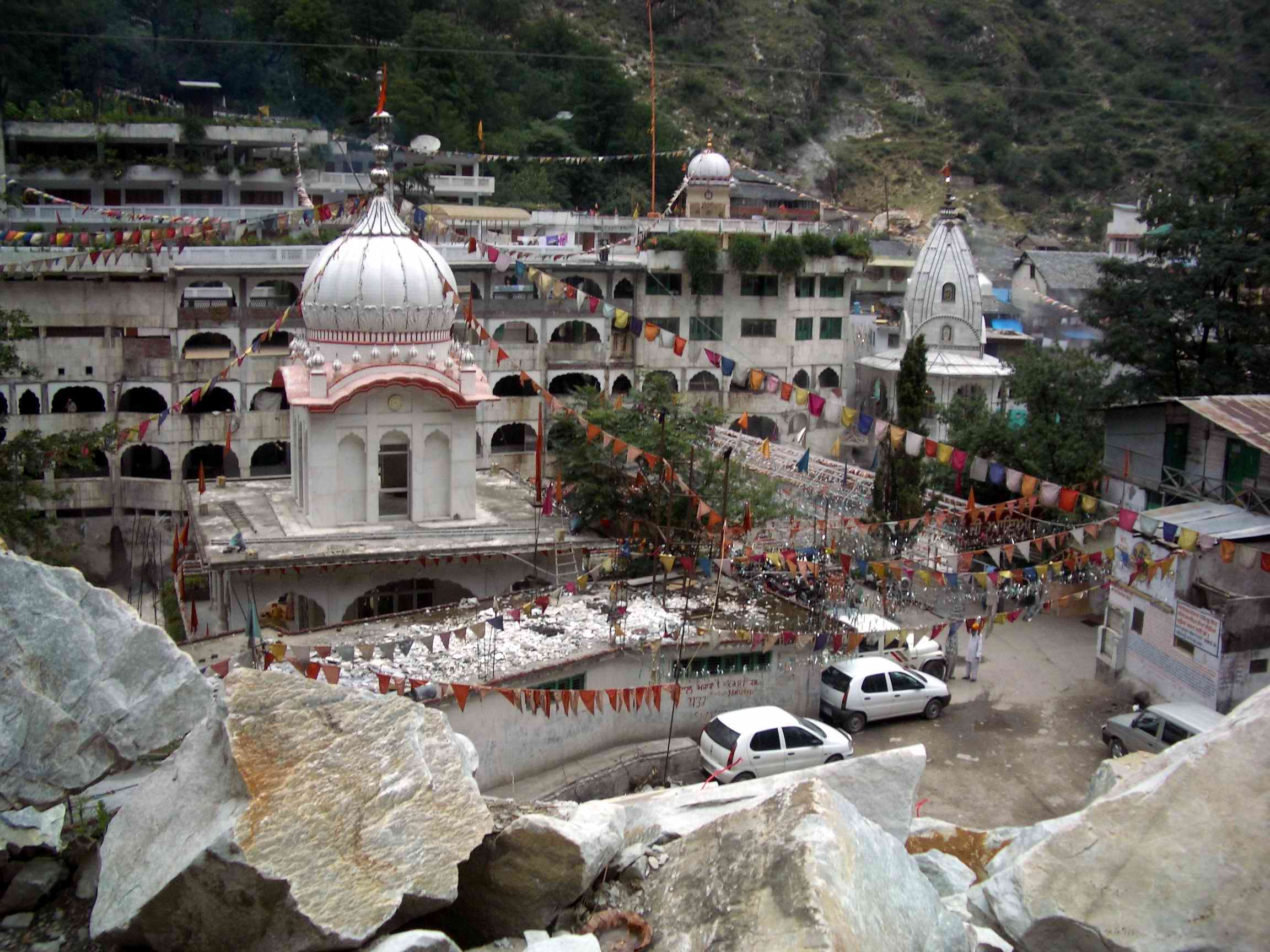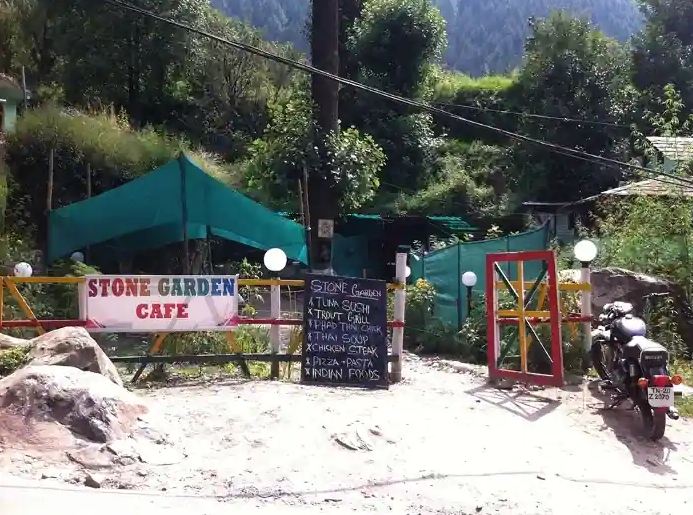Why to visit Lord Shiva Temple Manikaran
The iconic Shiva sculpture at Manikaran's Shiva Mandir is made of stone. The steam rising from the hot springs clouds the view of the structure, giving it a mystical feel. According to the Ramayana's Aadi epics, Ram used to frequently travel to Manikaran to worship Lord Shiva. The stories about gods visiting Manikaran to offer prayers make it a much more spiritual experience.
History of Manikaran Lord Shiva Temple
- According to Hindu legend, the name 'Mani' means precious gem stones in Sanskrit. When Lord Shiva and his wife Goddess Parvati visited this part of the world, the goddess misplaced her valuable'mani' or jewel.
- Shiva sent his army to find it, but they were unable to do so, which enraged Shiva. This prompted Tandava to invoke Nature's destructive forces. Sheshnaag, the serpent deity, then brought up the gemstone Parvati had lost.
- Another version of the story has Sheshnag taking the gemstone under the earth on purpose, which enraged Lord Shiva, forcing Sheshnag to spew hot water, which still exists in the form of Hot Springs found in the area, and with it the'mani' Parvati, though lost. Since then, until the earthquake of 1905, the hot springs have been known to throw jewels.
- Guru Nanak and his disciple Mardana arrived at the location and were hungry, so Nanak asked him to set up a 'Langar' - a kitchen for all. Mardana began making Roti after gathering food from nearby houses. However, because there was no fire to cook it, Nanak asked him to remove a stone from the location of a hot water spring.
- When Mardana placed rolled chapattis in the water as instructed by his Guru, they sank. Nanak then instructed his disciple to pray to God for the sunken chapattis to be baked so that they could be donated to those in need. The prayers were answered, making the location holy for Sikhs.
Nearby Attractions
- Shri Guru Nanak Dev Ji Gurudwara
- Kulant Pith
- Lord Ramachandra Temple
- Harinder Mountain
How to reach?
By Air: The nearest airport, Bhuntar, is used to fly pilgrims to Kullu. From here, a road trip to Manikaran is possible.
By Rail: The nearest railway station is in Chandigarh, from which buses to Kullu and Manikaran are easily accessible.
By Road: Many cities and towns connect Kullu, making it easy to reach Manikaran.
Entry Fees
Free
Best time to visit
May to June and September to October
Visiting Duration
2-3 hours on average

























